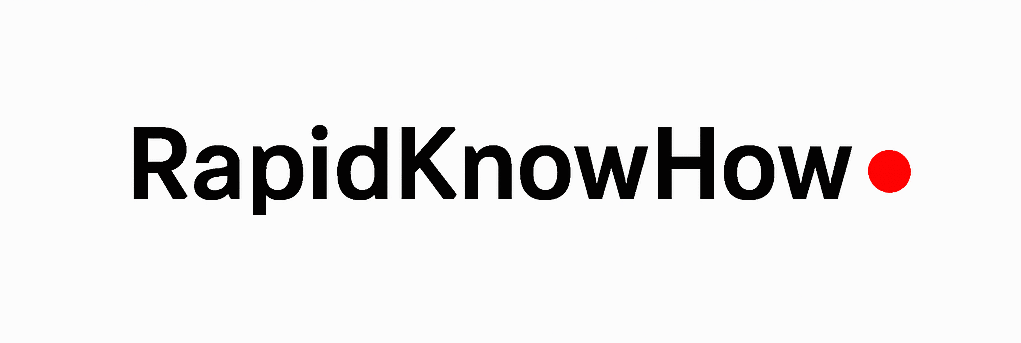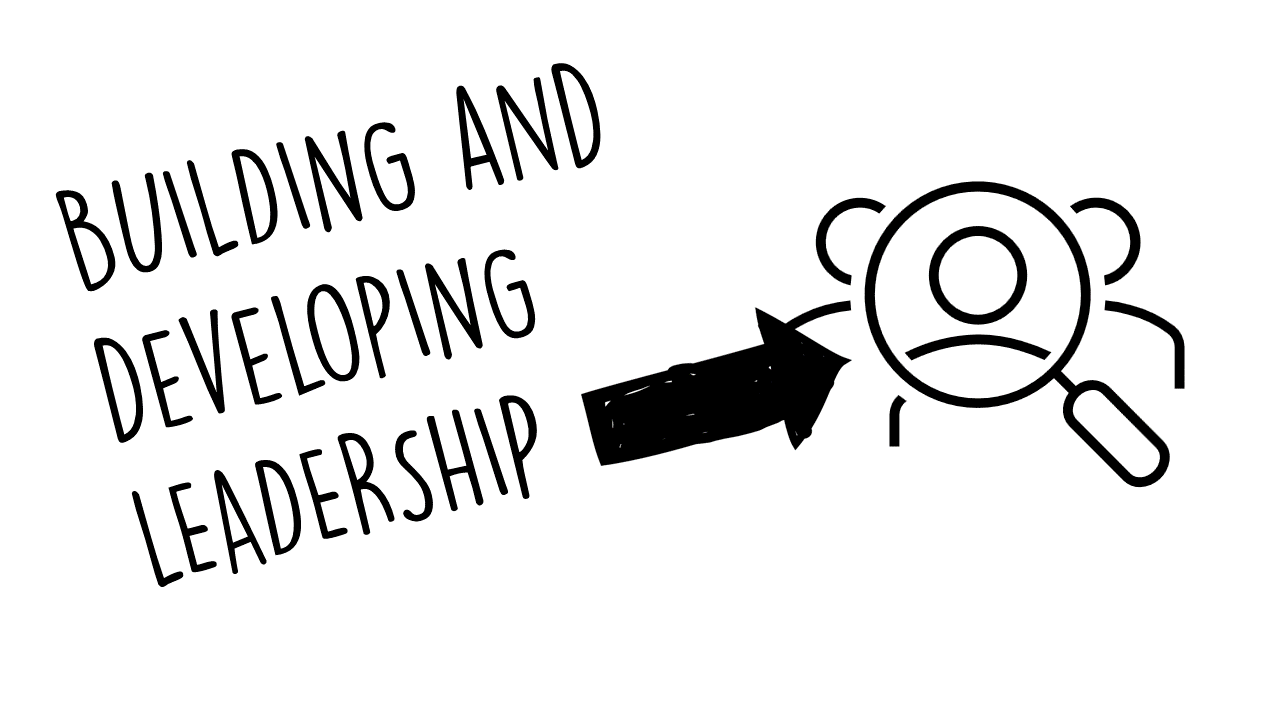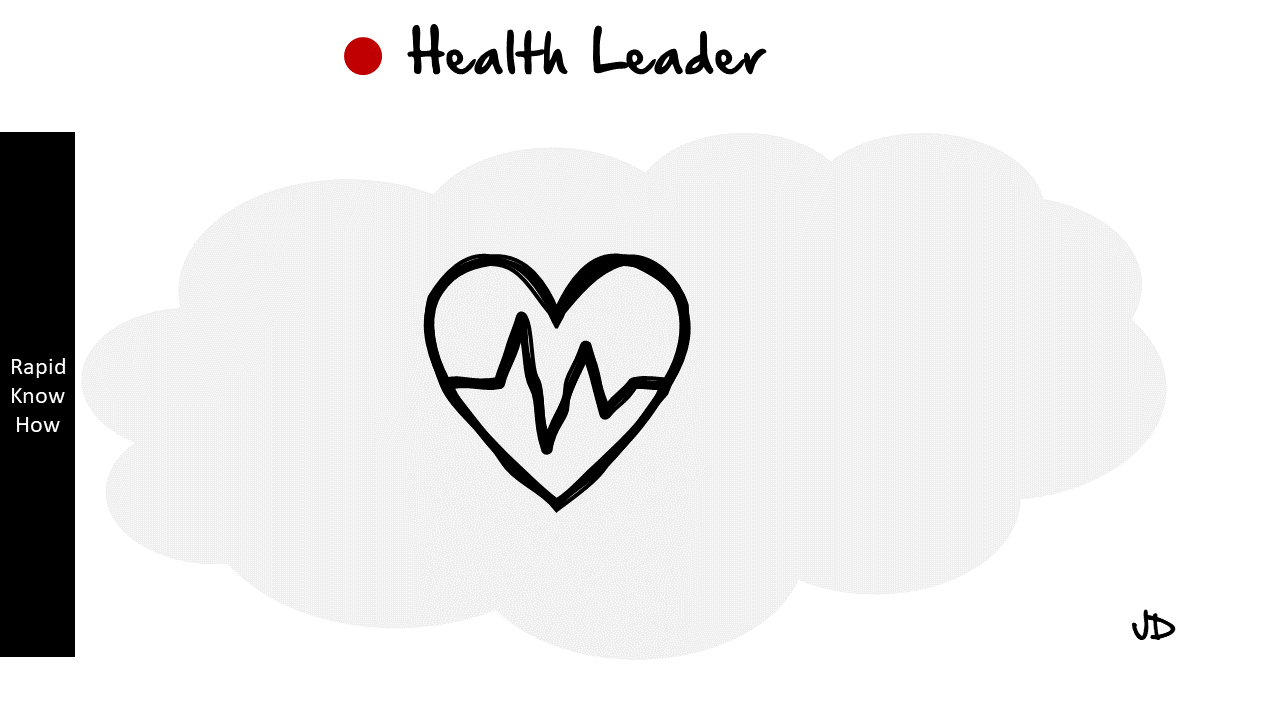Weekly Review — Week 43 (Oct 20-26, 2025)
Preview — Week 44 (Oct 27-Nov 2, 2025)
📌 Weekly Review — Week 43
1. Hybrid / Energy Pressure
– Russia continues precision strikes on Ukrainian energy infrastructure, aiming to widen civilian impact ahead of winter. Atlantic Council+2CER+2
– Europe’s defence-industry momentum grows, but member states still debate cost, priorities and deployment timelines. EY+1
2. Political & Institutional Strain
– France’s political instability hampers the EU’s strategic coherence; internal governance fractures undermine external credibility. Carnegie Stiftung für Internationalen Frieden
– The EU faces criticism that national politics are overshadowing its geopolitical ambitions. Carnegie Stiftung für Internationalen Frieden+1
3. Trade & Economic Risk
– Business sentiment in Europe signals that geopolitical instability and trade policy changes are now the top disruption risks—not just inflation. McKinsey & Company+1
– Export-centric German economy under stress: weak external demand and energy cost pressures mounting. (See Germany data) KPMG
4. Strategic Enablers / Dilemmas
– The debate over EU enlargement (Ukraine, Moldova, Western Balkans) is now framed less as idealism and more as strategic security architecture. Egmont Institute+1
– Infrastructure risks: submarine cables, grid interconnections and energy diversification increasingly flagged for malicious activity. Recorded Future
🔮 Preview — Week 44
1. Escalation Outlook
– Expect a heightened risk of combined drone/cyber/energy strikes targeting European critical infrastructure (grids, data, submarines) in the coming week.
– The EU/EU-NATO nexus may release new policy or command-centre announcements to counter hybrid threats.
2. Institutional & Political Battlegrounds
– France: With government instability persisting, any further shocks (e.g., public strikes, fiscal constraints) could ripple across EU policymaking.
– Eastern Europe / Balkans: Watch for new rhetoric or action from Serbia/Kosovo or Russia-aligned actors seeking to exploit Balkan fault-lines.
– EU enlargement package (due late October) may become a flashpoint between economic cost-concerns and security rationales.
3. Economic & Market Pressure
– Upcoming German industrial output + euro-area PMI data will be critical signals; a weak reading could trigger market jitters.
– Energy prices could swing if weather deteriorates, supply lines are tested or disruptions occur — markets likely to be sensitive.
4. Strategic Moves
– The EU may announce a first wave of its flagship defence-industrial projects (drone defence, air shield) or related funding rounds.
– Corporates and nation-states should prepare for increased regulatory attention on supply chains, due-diligence and national strategic industries. Stratfor
⚠️ Risk Barometer — Week 44 Forecast
| Risk Category | Estimated Likelihood | Trend |
|---|---|---|
| Hybrid / Military & Energy Escalation | ~75% | ↑ Rising |
| Political Instability / Institutional Fracture | ~65% | ↑ Rising |
| Cyber / Critical Infrastructure Attack | ~60% | ↑ Rising |
| Economic / Market Shock | ~55% | → Stable |
| Policy / Institutional Gridlock | ~50% | → Stable |
🎯 Strategic Insight
Europe is entering a high‐stress convergence week where security, politics, and economy are interlocking:
- The hybrid threat (military + cyber + energy) is increasingly the focal challenge.
- Domestic political turbulence (notably in France and Eastern Europe) is undermining coherent responses.
- Economic fragility (trade, demand, energy cost) amplifies the risk of cascading shocks.
Leadership imperative:
Move from compartmentalised crisis responses to a unified Hybrid Resilience Framework that links defence, infrastructure, economy and governance.
In Week 44, the test is not just “how do we respond?” but “how do we prevent escalation by aligning strategy across silos?”



